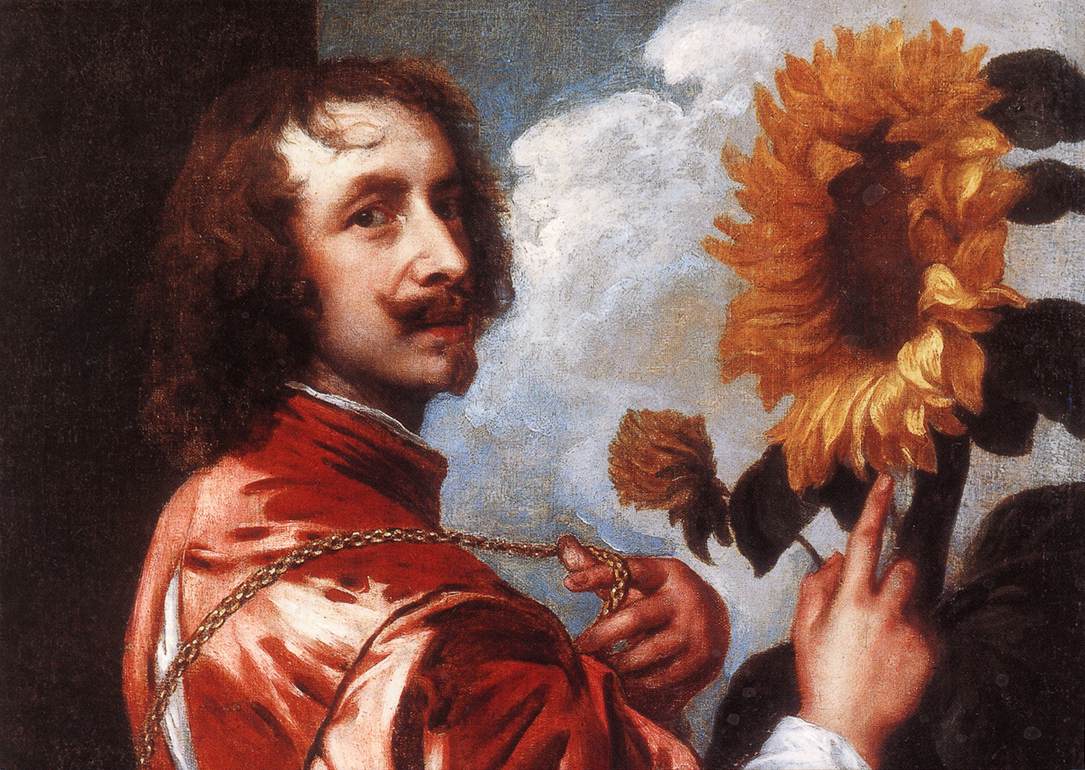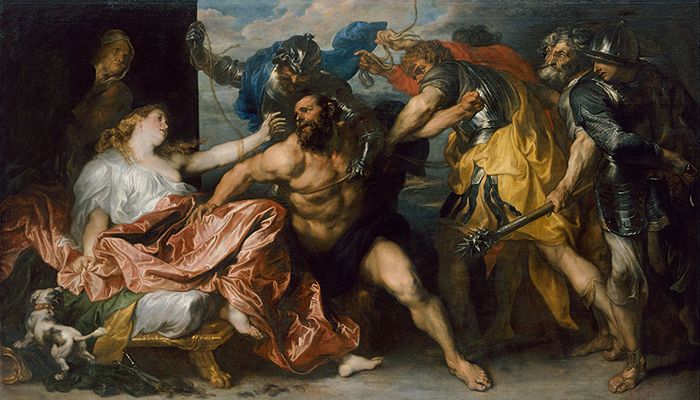
Born March 22, 1599, in Antwerp, Spanish Netherlands Sir Anthony van Dyck was the seventh born of the 12 children of Frans van Dyck, a well-known silk merchant. Van Dyck’s first surviving work, Portrait of a Man, is dated 1613. He was emulated by Rubens Melodramtic style for figural compositions during the first 8 years of his career. Instead of using Rubens’s technique of enamel-like glazes, he painted directly and with a rather coarse texture. Van Dyck’s lights and shades are more abreast, with his color scale being darker and warmer compared to his mentors. He normally is known for his exaggerating expressions in his figures, from the fierce fanaticism or feverish ecstasy of saints and the brutality of executioners to the voluptuous smiles of satyrs and the drunken stupor of Silenus, companion to Dionysus, the god of wine. Anthony Van Dyck is best known for his portraits of the aristocracy, most notably Charles I, and his family and associates. Van Dyck became the dominant influence on English portrait-painting for the next 150 years.
Van Dyck’s also painted mythological and biblical subjects, as he innovated the importance of watercolor and etching. His edifying brushwork, apparently rather quickly painted, can normally be known throughout the world from the immense areas painted by his numerous assistants. His portrait style changed a lot between the different countries he worked in, culminating in the relaxed elegance of his last English period. His influence extends into the modern period.


Leave a Reply